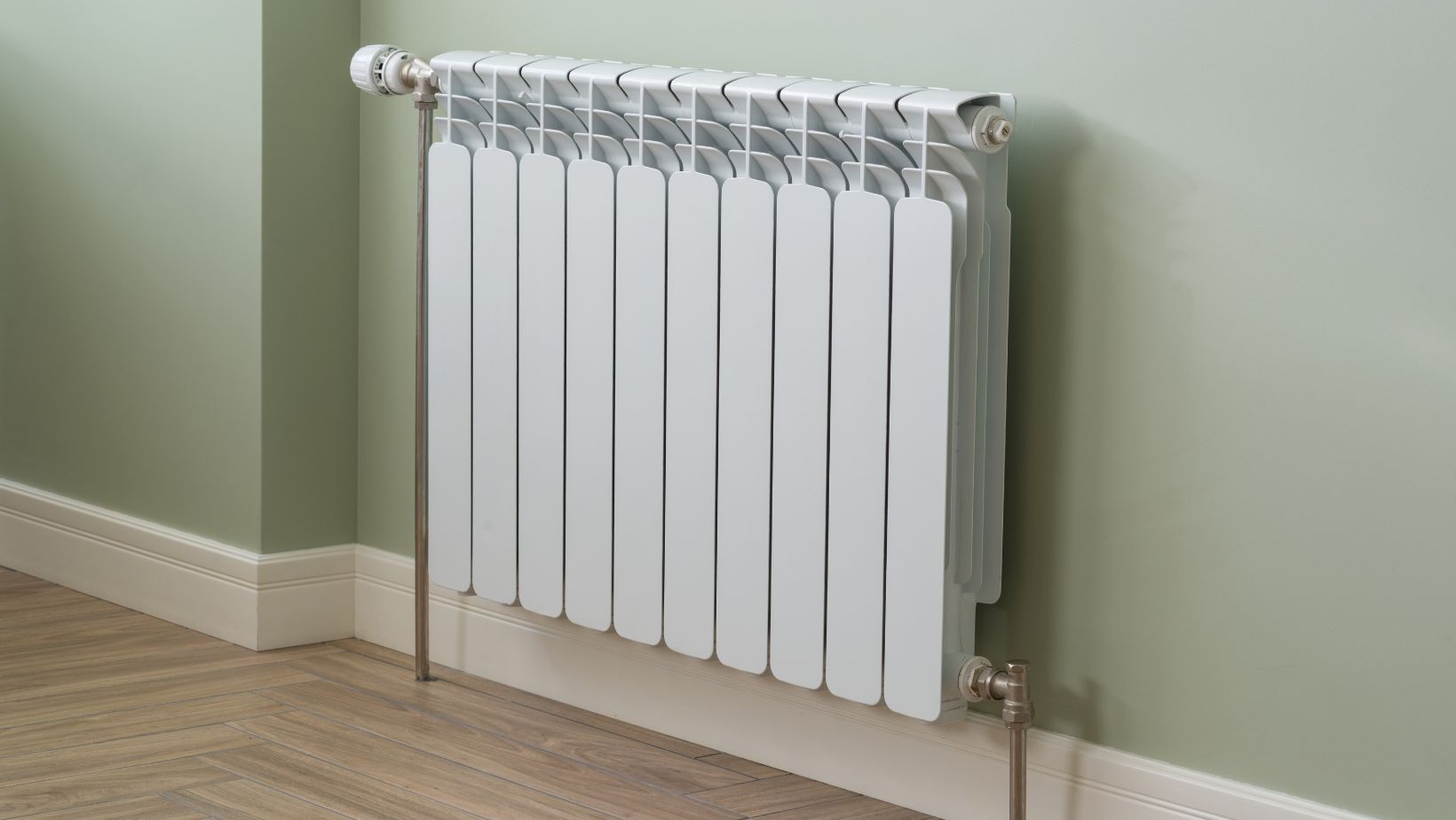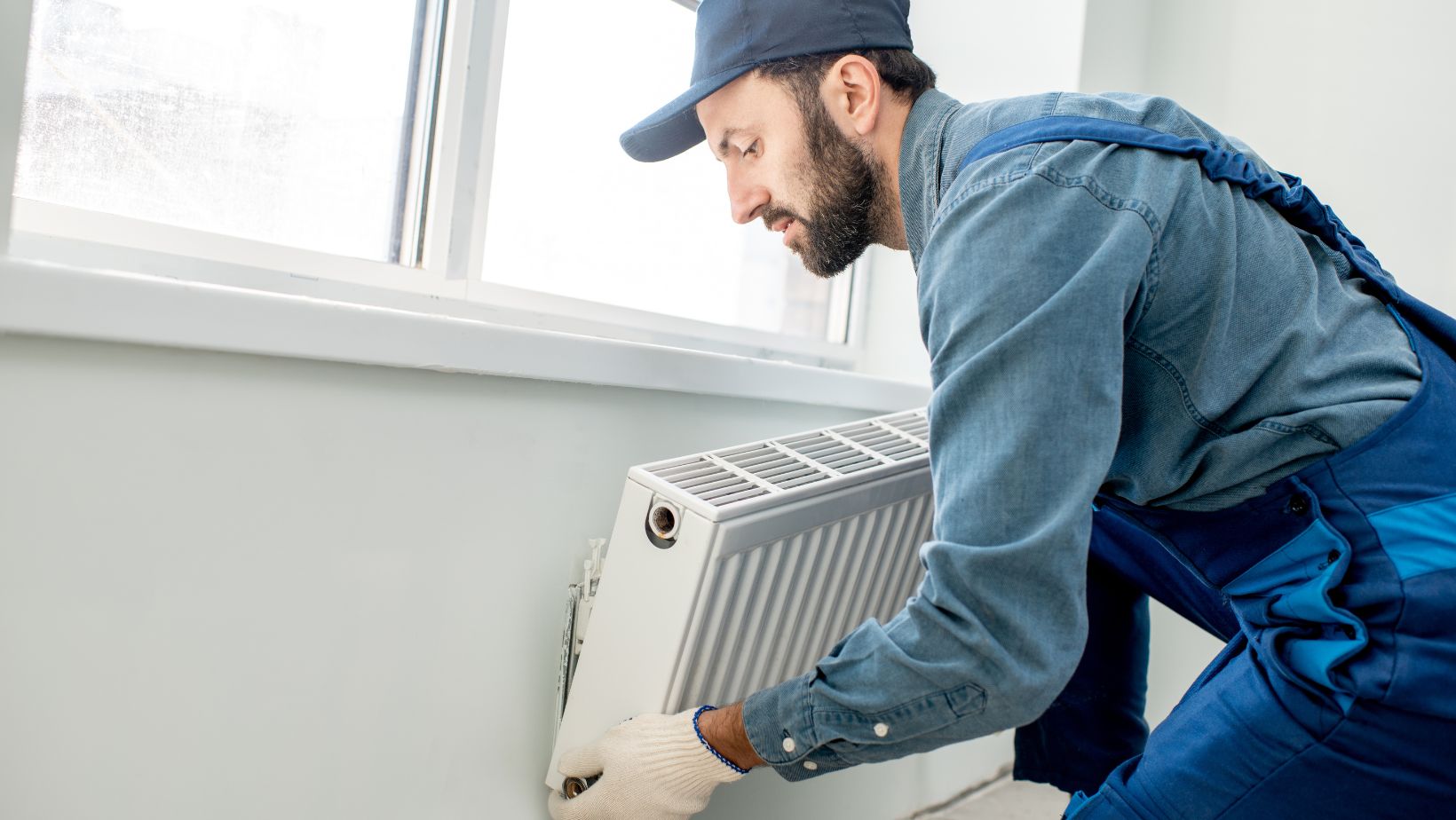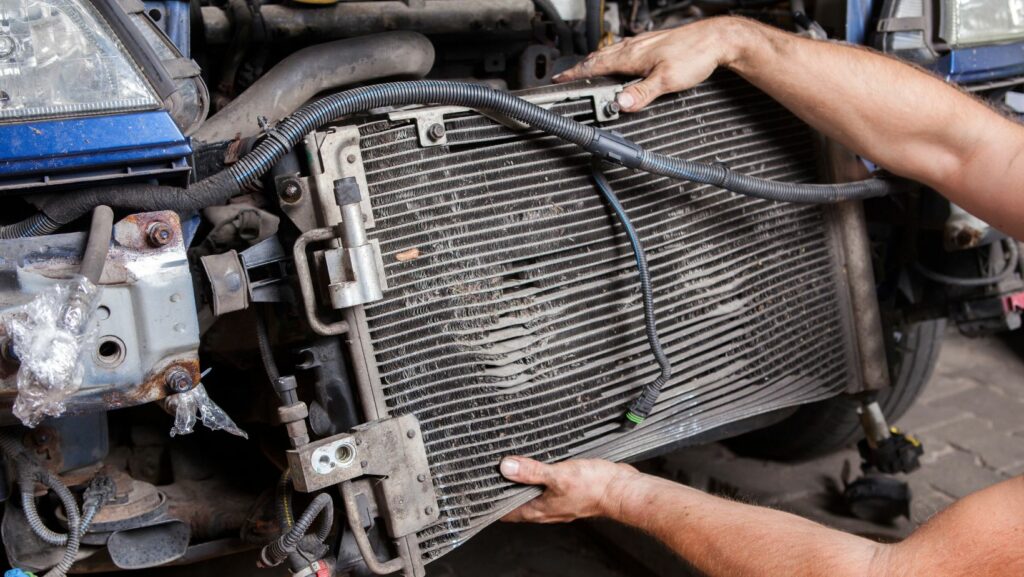Radiators are an essential part of any heating system, providing warmth and comfort to homes and buildings. They come in various types, each with its own set of advantages and disadvantages.
In this article, we will explore different radiator types to help you make an informed decision when selecting the right heating solution for your space.
Contents
Table of Contents
TogglePanel Radiators
Panel radiators, also known as convector radiators, are the most common type of radiator found in homes and commercial buildings. They consist of a series of horizontal panels with convector fins and are typically made of steel.
Panel radiators are known for their efficiency and ability to heat rooms quickly. They come in various sizes to fit different spaces and are often installed horizontally under windows.
Advantages:
- Efficient heat distribution.
- Quick heating response.
- Available in a wide range of sizes and styles.
- Easy to install and maintain.
Disadvantages:
- It can be bulky and take up wall space.
- Limited design options.
Column Radiators
Column radiators, also known as cast iron radiators, are a classic and elegant heating solution. They consist of multiple vertical columns, giving them a vintage and decorative appearance.
While traditionally made of cast iron, modern column radiators can be constructed from other materials like steel and aluminum.
Advantages:
- Aesthetic appeal and vintage charm.
- High heat retention, allowing for consistent warmth even after the heating system is turned off.
- Durable and long-lasting.
- Available in various sizes and finishes.
Disadvantages:
- Heavier and more challenging to install than panel radiators.
- It may require periodic maintenance to prevent rust.
Towel Radiators
Towel radiators, also known as heated towel rails or bathroom radiators, serve a dual purpose: they provide warmth to the room and a convenient place to hang and dry towels.

These radiators are often installed in bathrooms and kitchens, helping to keep these spaces cozy and dry.
Advantages:
- Space-saving and practical in bathrooms and kitchens.
- Keeps towels warm and dry.
- Available in various styles and sizes to match different room aesthetics.
- It can be electrically powered for standalone operation.
Disadvantages:
- Primarily designed for specific rooms (bathrooms and kitchens).
- Limited heating capacity for larger spaces.
Vertical Radiators
Vertical radiators have gained popularity in recent years due to their modern and space-saving design. Unlike traditional horizontal radiators, vertical radiators are tall and narrow, making them ideal for rooms with limited wall space. They come in various shapes, styles, and materials, allowing for customization to suit any interior.
Advantages:
- Space-efficient, making them suitable for narrow or compact rooms.
- Aesthetic appeal and contemporary design.
- Effective at heating rooms while maximizing wall space.
- Available in a wide range of colors and finishes.
Disadvantages:
- It may require additional installation considerations, such as wall reinforcement.
- Limited heat output compared to larger horizontal radiators.
How Many Radiators Can My Boiler Support?
The number of radiators a gas boiler can support depends on several factors, including the boiler’s capacity, the size of the radiators, the heat output required for your space, and the overall efficiency of the heating system. Here’s a detailed explanation of how to determine how many radiators a gas boiler can support:
Boiler Capacity
Gas boilers come in various capacities, typically measured in kilowatts (kW) or British Thermal Units per hour (BTU/hr). The higher the boiler’s capacity, the more heat it can produce. The boiler’s capacity is a crucial factor in determining how many radiators it can support.
Heat Output Requirements
To determine the number of radiators a gas boiler can support, you need to calculate the heat output required for your space. This depends on the size of the area you want to heat, the insulation level of your building, and the desired indoor temperature. You can use a heat loss calculation or consult with a heating professional to determine your specific heat output requirements.
Radiator Size and Heat Output
Radiators vary in size and heat output. Larger radiators with more surface area can emit more heat. The heat output of a radiator is typically measured in BTU/hr or watts. You’ll need to know the heat output of the radiators you plan to install.
Boiler Efficiency
The efficiency of a gas boiler plays a significant role in how many radiators it can support. A more efficient boiler will maximize the heat output from the fuel it consumes. Efficiency is usually expressed as a percentage, and modern boilers are designed to be highly efficient.
Load Balancing
To ensure even heating throughout your space, it’s essential to distribute the radiators evenly. This means considering the placement and size of each radiator to achieve balanced heat distribution.
Zoning
If you have a large or multi-story building, you might want to divide your heating system into zones. Each zone would have its thermostat and a specific number of radiators connected to the boiler. This can help improve efficiency and comfort by allowing you to control the temperature in different areas independently.
Professional Consultation
To accurately determine how many radiators a gas boiler can support for your specific heating needs, it’s highly recommended to consult with a heating professional or an HVAC engineer. They can perform a heat load calculation, assess your building’s insulation and layout, and recommend the right boiler capacity and radiator configuration for your situation.
Common Radiator Faults
Like any mechanical component, radiators can develop faults or issues over time. Common radiator faults include:
Cold Spots or Inefficient Heating
One of the most common problems is when a radiator has cold spots or doesn’t heat up fully. This could be due to trapped air inside the radiator, sludge buildup, or an issue with the radiator valve.
Air Trapped in the Radiator
Air can become trapped in a radiator, preventing it from heating properly. You may hear gurgling or hissing sounds when air is trapped. Bleeding the radiator (releasing the trapped air) using a radiator key or bleed valve can usually resolve this issue.
Leaking Radiator
Leaks can occur at the joints or connections between sections of a radiator. This can cause water damage to your property and reduce the efficiency of the heating system. Leaking radiators often require professional repair or replacement.
Corrosion and Rust:
Over time, radiators can develop corrosion and rust, especially if they are made of iron or steel. Corrosion can weaken the radiator and lead to leaks. Regular maintenance and applying radiator paint or a corrosion inhibitor can help prevent this issue.

Blocked Radiator:
Radiators can become blocked by sludge and debris that settle at the bottom of the radiator over time. This can reduce heat output and efficiency. Power flushing or chemical cleaning of the heating system may be needed to remove the blockage.
Faulty Thermostatic Radiator Valve (TRV)
If a radiator has a TRV, it can develop faults, such as not opening or closing properly. This can result in the radiator not responding to temperature changes as it should. Replacing a faulty TRV is usually the solution.
Uneven Heating
Sometimes, certain radiators in a heating system may heat unevenly. This could be due to issues with the circulation pump, an improperly balanced system, or blocked pipes. Adjusting the flow rate or consulting a professional for system balancing may be necessary.
Noisy Radiators:
Radiators can produce various noises, such as banging, clanking, or hissing. These noises are often caused by the expansion and contraction of the metal as it heats up and cools down. However, excessive noise can indicate a problem, like trapped air or loose components.
Radiator Paint or Finish Issues
The paint or finish on radiators can deteriorate over time, leading to rust or discoloration. Refinishing or repainting the radiator can help protect it and improve its appearance.
Thermostat or Control Issues
Problems with the central heating system’s thermostat or controls can affect the performance of all radiators in the system. This may require professional diagnosis and repair.
Conclusion
Selecting the right radiator type for your space depends on various factors, including room size, heating needs, aesthetics, and available wall space.
Don’t forget that It’s important to address radiator faults promptly to maintain the efficiency and effectiveness of your heating system. Many issues can be resolved with basic maintenance, such as bleeding the radiator or cleaning the system, but more serious problems may require professional assistance or replacement of the radiator or its components.
Regular maintenance and care can really help to extend the lifespan of your radiators and heating system.


